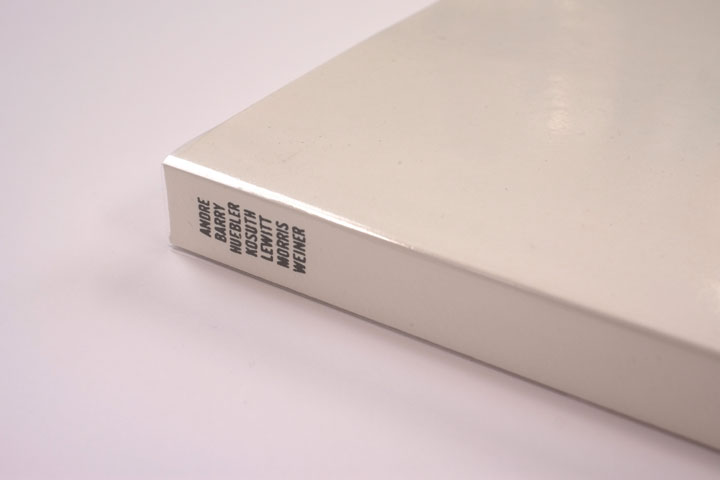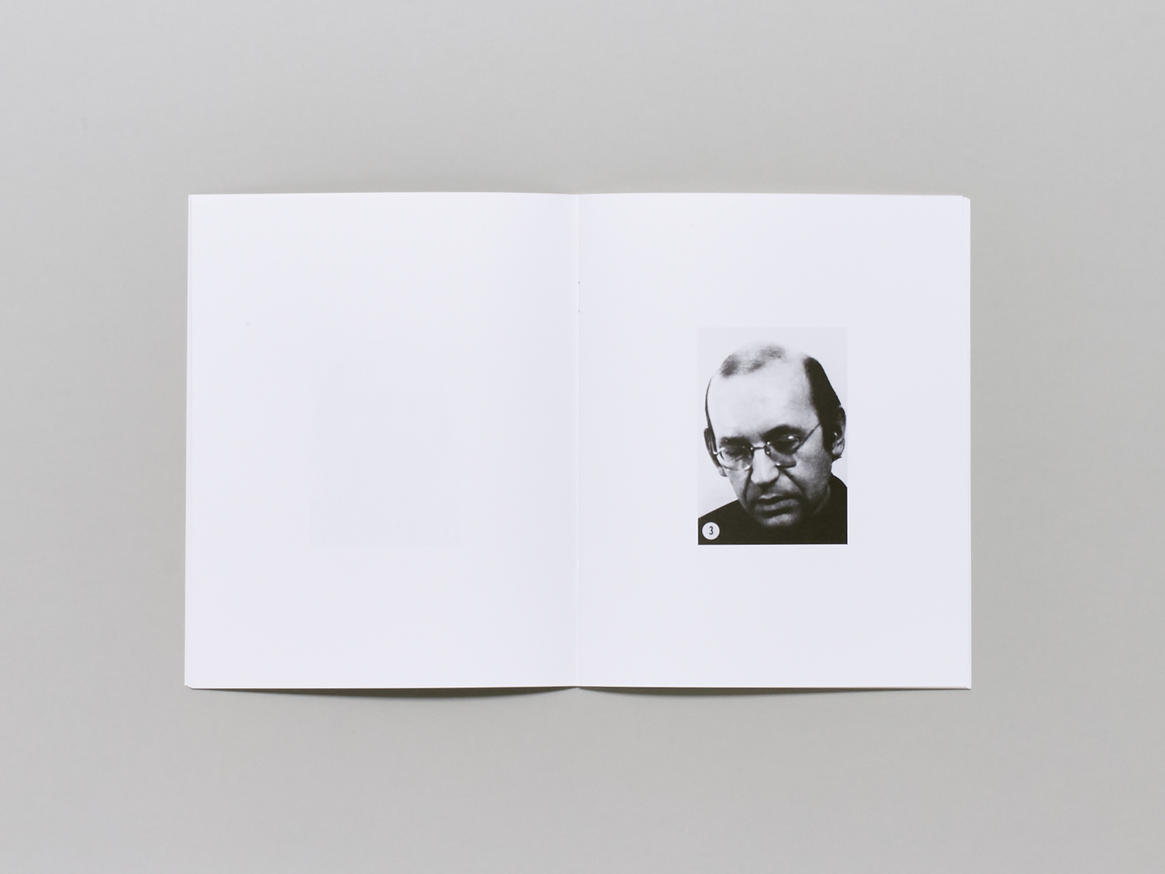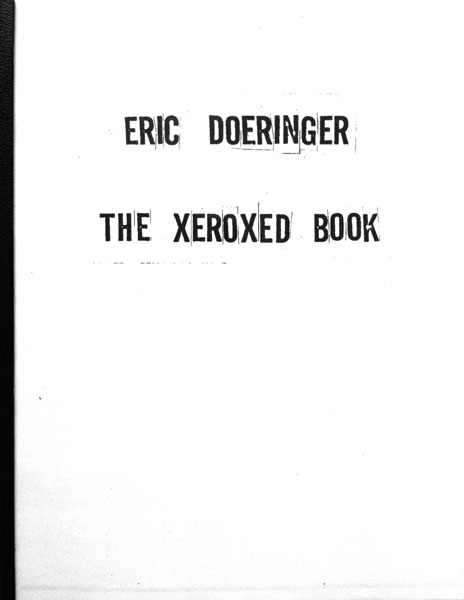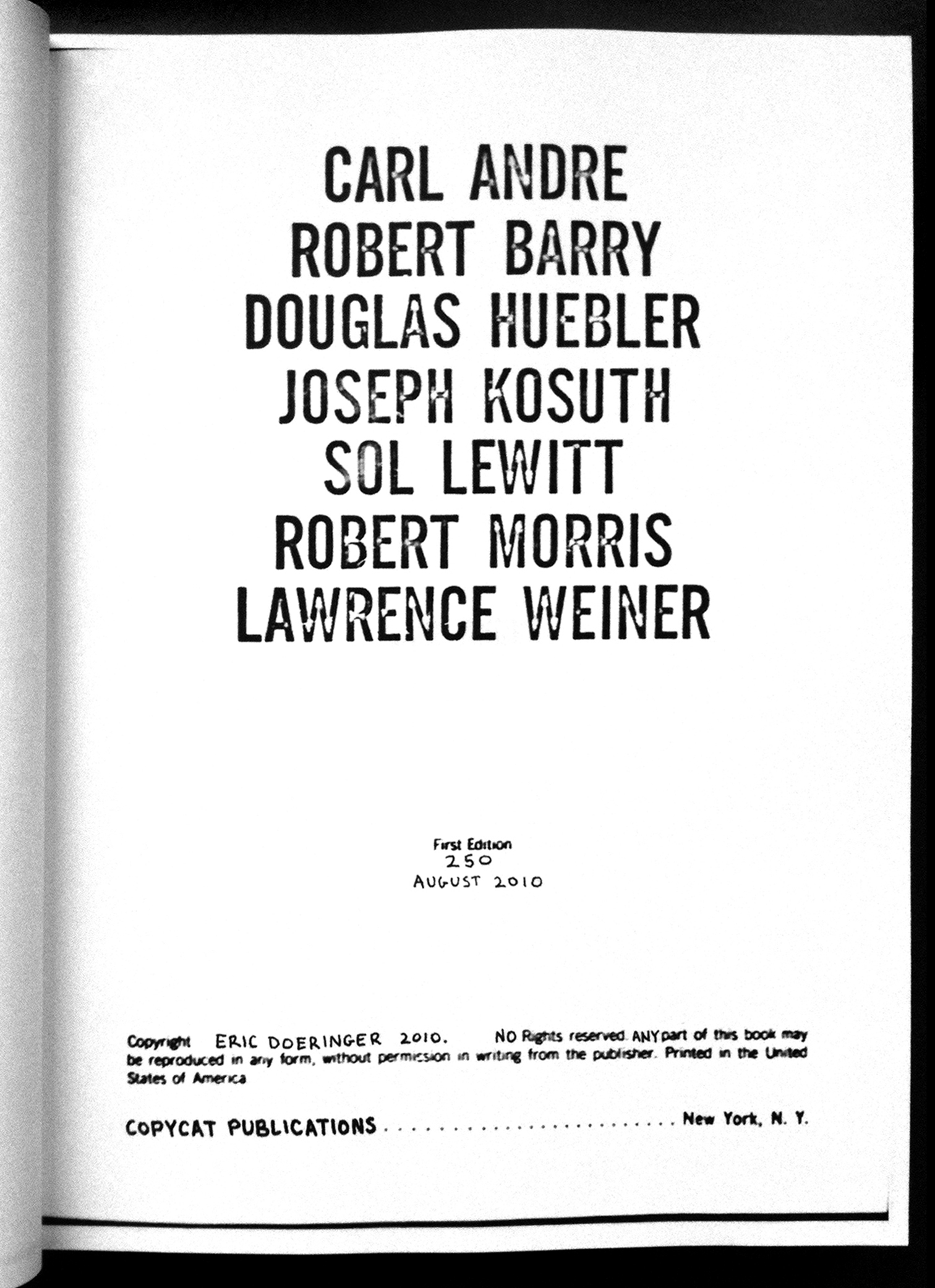
Douglas Huebler (1924–1997)
Variable Piece 4: Secrets
New York, Printed Matter Inc, 2016
14 x 22 cm
94 p.
ISBN: 9780990689683
Variable Piece 4: Secrets is a facsimile edition of Douglas Huebler’s classic artist book, which was originally published by Printed Matter in 1978. Simple and salacious, the publication collects over 1,800 secrets written anonymously by visitors to the 1970 Software exhibition at the Jewish Museum. In doing so, the book provides a fleeting glimpse into the cultural, political, and social preoccupations of the era while showcasing Huebler’s open-ended and variable approach to art making—an approach that sought to undermine the dominance of object-oriented practices in favor of a text-driven conceptualism that relied on variables outside of the artist’s control.
Pioneers of the artists’ books medium, of which Huebler was one, predicted that one day artists’ books would be sold next to detective and romance novels in drugstores and supermarkets throughout America. While this dream was never realized, Variable Piece 4: Secrets could easily find its place amongst these popular genres; a true page-turner that delivers the whodunit in succinct statements, ripped from real life, without the hassle of narrative arcs, prefaces, or chapters.






